A flashlight holster is a vital tool engineered to securely cradle a flashlight, ensuring swift and effortless retrieval. This specialized carrier, which can be affixed to belts, vests, or additional equipment, permits users to transport their flashlights without using their hands and to swiftly deploy the device as necessary. Flashlight holsters are available in a range of materials and designs to cater to diverse settings and personal preferences.
Types and Characteristics of Flashlight Holsters
Flashlight holsters are designed with a variety of configurations to house different flashlight models, from small tactical units to bulkier, high-intensity lights. Certain holsters feature open tops for immediate access, while others are equipped with flaps or closures for enhanced protection. Some holsters boast additional functionalities, such as integrated battery storage or adjustable fittings for flashlights of varying diameters. The 360-degree rotation tactical flashlight holder stands out, offering the ability to direct light hands-free, a feature that proves indispensable for field mechanics or construction workers who need to use both hands.
Structure and Operation of Flashlight Holsters
The architecture of a flashlight holster typically encompasses a primary compartment for the flashlight, a fastening mechanism like a strap or buckle, and a point of attachment for integration with other gear. More sophisticated models may include a locking system that securely retains the flashlight and allows for a rapid release via a lever or button. These components are intuitively designed so that users can retrieve their flashlights single-handedly, allowing them to maintain concentration on their immediate tasks.
Materials and Properties
Durable materials such as 1000d nylon and 600d polyester are selected for their resistance to tearing and robustness under tough conditions. Microfiber provides a gentler touch and is less likely to abrade, which is crucial when the holster is worn against the body. Hard materials like PC (Polycarbonate) and ABS (Acrylonitrile Butadiene Styrene) are utilized for their structural stability and resistance to impacts, safeguarding the flashlight from damage due to drops or collisions. These materials are meticulously chosen to strike a balance between protection, comfort, and durability.
Business Usages and Applications
In the commercial sphere, flashlight holsters are indispensable across sectors such as security, law enforcement, outdoor recreation, and utility services. Security officers, for example, depend on immediate access to their flashlights while surveying dim passageways. For law enforcement agents, the ability to swiftly draw a flashlight can be pivotal during nocturnal operations. Utility workers gain from holsters that can be affixed to helmets or utility belts, freeing their hands for repairs. These uses not only enhance operational efficiency but also bolster workplace safety.
Functions and Tasks
A flashlight holster fulfills several critical roles: it ensures secure storage, facilitates rapid access, and shields the flashlight. It enables users to carry the flashlight in a consistent spot, which is vital in urgent scenarios where muscle memory is key to retrieving equipment. Some holsters also allow for hands-free use of the flashlight, projecting illumination from the hip or chest, which is especially useful for reading maps or documents outdoors.
Distinctive Features and Capabilities
Key selling points of a flashlight holster may encompass its locking mechanism, rotational ability, or compatibility with various flashlight sizes. For instance, a holster with a lever side lock system ensures the flashlight is safeguarded against inadvertent drops. A 360 rotating plastic torch holder case permits users to direct the beam as needed without detaching the flashlight, a critical advantage for professionals engaged in hands-on work.
Benefits and Positive Outcomes
Employing a flashlight holster yields several advantages, including heightened preparedness, diminished equipment loss, and improved personal safety. Ready access to a flashlight enables users to react more promptly in emergencies. The secure containment provided by a holster also means flashlights are less prone to being lost or dropped, offering economic and operational benefits. For personal safety, immediate access to a light source can be essential in navigating low-light hazards.
How to Use and Operate Effectively
To effectively utilize a flashlight holster, one should practice the motions of drawing and re-holstering the flashlight to build muscle memory. For holsters with rotational features, it is crucial to adjust the tension to maintain the flashlight in the desired orientation. Users should also become acquainted with any locking mechanisms to guarantee they can swiftly release the flashlight when necessary.
Choosing the Right Flashlight Holster
In selecting a flashlight holster, take into account the dimensions and model of your flashlight, the environment in which it will be employed, and any specific features that may serve your needs. For outdoor activities, a water-resistant holster is ideal, while a quick-release mechanism may be preferable for tactical scenarios.
Cleaning and Maintenance Guidelines
Maintenance of a flashlight holster generally involves a simple wipe-down with a damp cloth. For more stubborn stains or grime, a gentle soap solution may be employed. It is important to steer clear of harsh chemicals that could compromise the material. Regular inspections for signs of wear, particularly at attachment points and securing straps, will ensure the holster's reliability.
Installation and Integration with Gear
Attaching a flashlight holster to items such as a belt or vest is typically a straightforward process. Most holsters are equipped with clips or straps that can be looped through webbing or around belts. It is essential to secure the holster firmly to prevent it from wobbling or shifting, which is crucial for both operational effectiveness and comfort.
Target Audience and Meeting Needs
The primary market for flashlight holsters includes professionals in security, law enforcement, the military, and various outdoor trades. Each aspect of the holster's design is crafted to satisfy the demanding requirements of these users. For example, military operatives might need a camouflaged holster for stealth, while a construction worker might prioritize a holster that can be attached to a safety helmet.
By recognizing the varied demands of these groups, manufacturers can create holsters that not only fulfill but surpass the expectations of their clientele, ensuring that the flashlight—a crucial instrument in many professions—is always at hand and ready for immediate use.

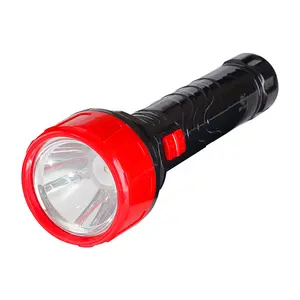




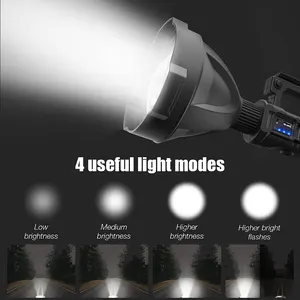












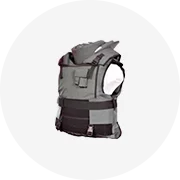
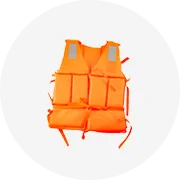
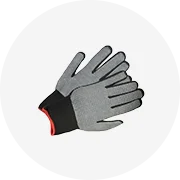
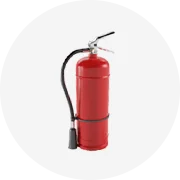
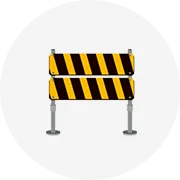








 浙公网安备 33010002000092号
浙公网安备 33010002000092号 浙B2-20120091-4
浙B2-20120091-4